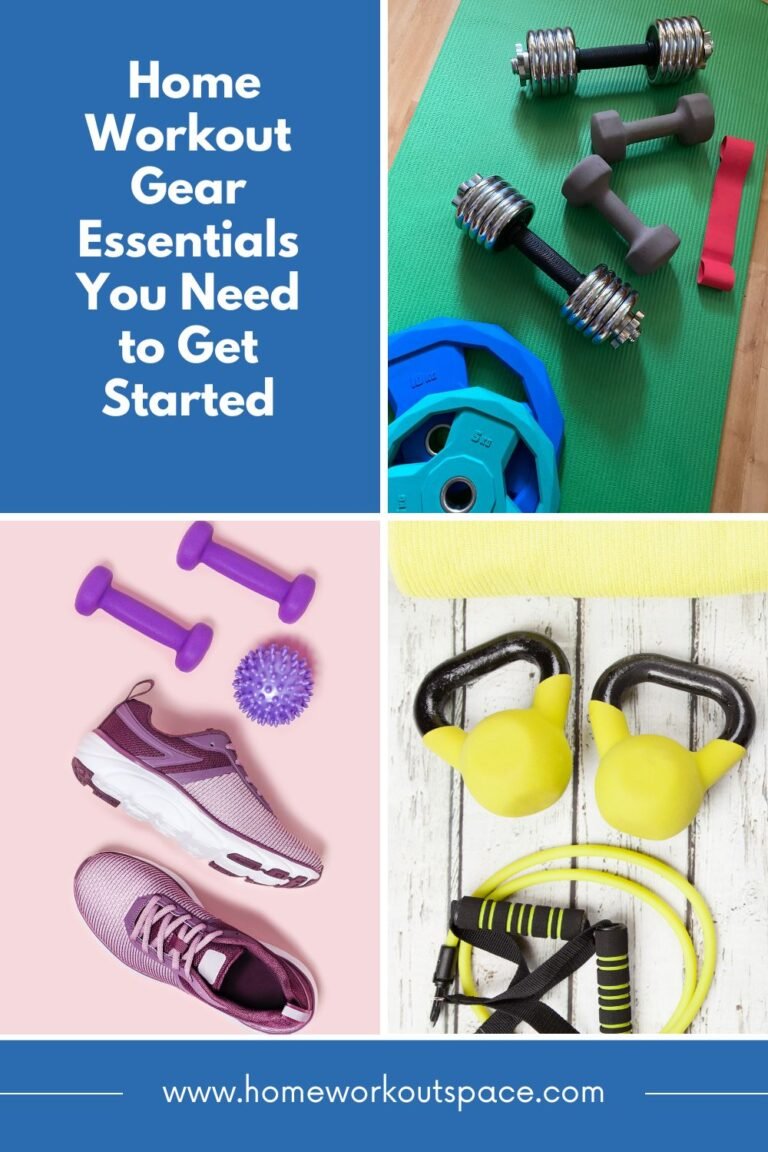How to Build Muscle Endurance with Minimal Equipment at Home
Building muscle endurance requires challenging your muscles to work for extended periods against resistance. While having access to a full gym with weights is ideal, it’s entirely possible to build impressive muscular endurance at home with just a few basic pieces of equipment.
By following a strategic regimen focused on high reps, controlled movements, and progressive overload, you can condition your muscles to power through physically demanding tasks for longer without fatiguing. Read on to learn how to build muscle endurance efficiently in the comfort of your living room.
Natural Supplements To Help Support Your Home Workouts
✅ Increase Your Pumps And Performance
✅ Promote Muscle Growth And Boost Energy
✅ For Powerful Muscle Growth
✅ Pack On Lean Muscle
✅ Next-generation Fat Burner
✅ Supergreens For full spectrum nutrition
Why Muscle Endurance Matters
Muscle endurance refers to a muscle’s ability to persistently exert force over an extended period. It’s different from muscular strength, which is the ability to generate maximum force in a single explosive effort.
Developing muscular endurance provides a host of benefits:
- Improves stamina for sports and physical activities
- Enhances capacity to lift, carry and move objects for longer
- Boosts productivity for manual labor and household chores
- Reduces risk of injury by improving muscular resiliency
- Torches calories to aid fat loss and body recomposition
Having greater muscle endurance pays dividends whether your goal is to sculpt an aesthetically muscular physique, gain functional strength for day-to-day activities, or boost athletic performance.
What Equipment Do You Need?
The great news is you can build impressive muscle endurance at home with just a few simple, inexpensive pieces of equipment. Here are some ideal options to consider:
- Resistance bands – Compact, portable, and providing a wide range of resistances
- Dumbbells – Invest in an adjustable set if you have limited space
- Kettlebells – The offset center of mass works muscles differently than dumbbells
- Your bodyweight – Calisthenic exercises like push-ups are free and effective
Additionally, you may find the following useful for certain exercises:
- A pull-up bar that can be mounted in a doorway
- A weight bench or sturdy chair for exercises like dips
- A yoga mat or towel for floor work to provide cushioning
Best Muscle Endurance Exercises
Now that you have the equipment sorted, here are some of the best exercises to incorporate into your muscle endurance program:
Upper Body
- Push-ups (regular, diamond, wide-arm, decline, etc.)
- Pull-ups or inverted rows using the pull-up bar
- Overhead presses with dumbbells or resistance bands
- Biceps curls with dumbbells, resistance bands, or even soup cans
- Triceps dips using a bench or chair
- Lateral raises with resistance bands or light dumbbells
Lower Body
- Squats using your bodyweight, dumbbells, or resistance bands
- Lunges (forward, reverse, lateral) with or without weights
- Calf raises on a step or using the edge of a stair
- Glute bridges or hip thrusts
- Wall sits to work the quads isometrically
Core
- Planks (regular, side, reverse)
- Russian twists with a dumbbell or household object
- Leg raises lying on the floor
- Flutter kicks while anchoring shoulders to the ground
- Bicycle crunches to work the obliques dynamically
Programming for Muscle Endurance
To maximize muscle endurance development, your training should follow a few key programming principles:
- Focus on higher rep ranges of 15-25+ reps per set
- Use lighter weights that allow you to push near failure by the last few reps
- Emphasize controlled tempos and full ranges of motion
- Minimize rest periods between sets to keep muscles working
- Incorporate super-sets and circuits to maximize time under tension
An effective approach is to arrange your workouts in push/pull or upper/lower body splits hitting each muscle group 2-3 times per week.
Here’s an example of what a balanced full-body muscle endurance routine could look like:
- 4 rounds of:
- Push-ups (20-25 reps)
- Squats (20 reps)
- Inverted rows (15-20 reps)
- Reverse lunges (15 reps per leg)
- Planks (60 seconds)
- Rest 60-90 seconds between rounds
- Supplemental exercises for any lagging muscles
- Examples: Calf raises, biceps curls, lateral raises
- Cardio finisher (jump rope, mountain climbers, etc) for 5-10 minutes
Progressive Overload
The key to continually building muscle endurance is to apply progressive overload over time. Here are some effective ways to do this:
- Increase the number of reps you can perform per set
- Use more challenging variations (e.g. deficit push-ups instead of regular)
- Add resistance bands, dumbbells or other weights
- Increase time under tension (4 second eccentric, 1 second pause)
- Shorten rest periods between sets/exercises
- Increase total training volume (sets x reps x weight)
Other Training Considerations
Warm-Up Properly
Dynamic exercises like bodyweight squats, lunges, and arm swings will help increase range of motion and blood flow to working muscles. Good mobility is key for moving through full ranges.
Cool Down and Recover
Muscles need sufficient rest and nutrients to rebuild and progress. Stretch and foam roll after workouts, stay hydrated, and ensure you’re consuming enough protein.
Progress Gradually
Building muscular endurance takes consistency and patience. Progress in a controlled, sustainable way to stay injury-free and avoid excessive soreness or burnout.
Follow a program, track your performance metrics, make adjustments over time, and you’ll be amazed at the functional muscle endurance you can develop at home with minimal equipment.








